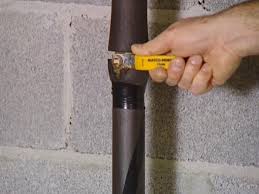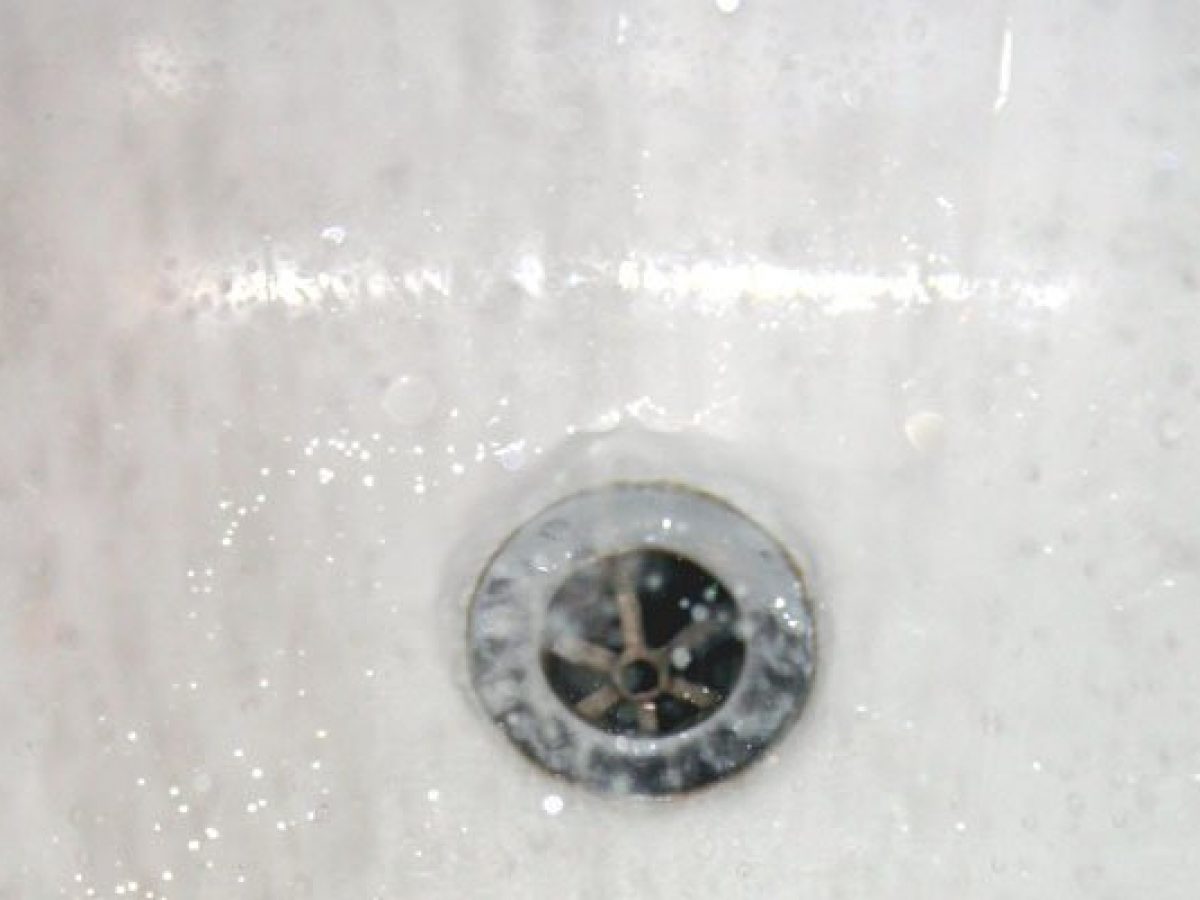Key Winterizing Tips: How to Keep Your Pipes Safe from Bursting in Frigid Temperatures
Key Winterizing Tips: How to Keep Your Pipes Safe from Bursting in Frigid Temperatures
Blog Article
The writer is making several great annotation on Prevent Freezing and Bursting Pipes overall in this great article followed below.

All property owners who reside in warm environments need to do their ideal to winterize their pipes. It is something you have to do during fall before deep winter truly starts. Failing to do so can lead to catastrophe like icy, fractured, or burst pipelines. If the weather outside is shocking, right here are some useful winterizing hacks to maintain your plumbing system shielded also.
Turn On the Faucets
When the temperature decreases as well as it appears as if the cold temperature level will certainly last, it will certainly assist to transform on your water both inside as well as outdoors. This will maintain the water streaming through your plumbing systems. You'll end up throwing away gallons of water this means.
Open Up Cupboard Doors Hiding Plumbing
It would be useful to open closet doors that are concealing your pipes when it's cold outside. As an example, they could be somewhere in your cooking area or restroom. This will certainly permit the warm air from your heating system to distribute there. Because of this, you protect against these exposed pipes from cold. Doing this little trick can maintain your pipes cozy and limit the potentially hazardous outcomes of freezing temperature levels.
Take Some Time to Cover Exposed Water Lines
One cool as well as easy hack to warm up freezing pipelines is to cover them with warm towels. You can also use pre-soaked towels in hot water, just don't forget to put on safety gloves to secure your hands from the warmth.
Try a Hair Dryer or Heat Weapon
When your pipelines are practically freezing, your reliable hair dryer or warmth weapon is a blessing. If the hot towels do not help dislodge any kind of settling ice in your pipelines, bowling hot air straight right into them may aid. You may finish up damaging your pipes while attempting to melt the ice.
When Pipelines are Frozen, close Off Water
Switch off the primary water shutoff promptly if you notice that your pipes are entirely frozen or virtually nearing that stage. You will typically locate this in your basement or laundry room near the heating unit or the front wall surface closest to the street. Transform it off right now to prevent further damage.
Don't fail to remember to close outside water resources, also, such as your connection for the garden house. Doing this will certainly stop extra water from filling your plumbing system. With even more water, more ice will stack up, which will eventually lead to break pipelines. It is best to call a specialist plumber for an examination if you are unsure regarding the state of your pipelines this winter months. Taking this positive method can save you thousands of bucks out of commission.
All house owners who live in warm climates have to do their ideal to winterize their pipelines. Failure to do so can spell disaster like frozen, cracked, or ruptured pipes. If the hot towels do not aid displace any type of clearing up ice in your pipes, bowling warm air directly right into them may aid. Turn off the main water valve quickly if you observe that your pipes are entirely icy or virtually nearing that phase. With more water, more ice will load up, which will at some point lead to burst pipelines.
PREVENT YOUR PIPES FROM FREEZING THIS WINTER
A Leading Cause of Property Damage
When the weather is taking a deep nose dive into the cold dreary days, the risk of your pipes freezing and potentially bursting skyrockets. Unfortunately, during these cold dreary months, burst pipes are the most common denominator for property damage. The pipes that are most at the risk are those that are in areas where it is most cold in your home. For instance, pipes located in interior places such as basements, attics, and your garage. Unfortunately, that doesn’t mean that the pipes running through your cabinets or exterior walls can’t freeze. Good news, however, is that you can do things to help prevent pipes from freezing.
How to Prevent Pipes From Freezing
Once the temperature starts to drop during the winter, you should be taking the proper measures needed to ensure that your pipes stay warm and that there is circulation of water through them. Some steps that experts may recommend could go against your better judgement when it comes to saving water and heat. However, it would go without saying that when expenses are compared, damaged pipes could put a bigger dent in your wallet than a water bill.
What Can I Do?
Keep your garage door closed. This is very important, especially if you have water supply lines running through your garage. Open your kitchen and bathroom cabinets to allow warm air to circulate through them. Allow air circulation throughout your home. Keeping the interior doors open will once again allow the warm air to circulate inside your home. Ensure your thermostat is running the same temperature throughout the night and day. If you plan to be away from home during the cold months, set your temperature no lower than 55° F. This should provide enough heat to keep the pipes warm and prevent any remaining water inside the pipes from freezing. For more of a long-term solution, add insulation to attics, basement, and other crawl spaces around your home. By allowing your faucet to drip, it will alleviate pressure in the system. This is important because the pressure that is created between the blockage and the faucet can potentially cause the pipes to burst. Allowing the faucet to drip will prevent the pressure from building up, therefore keeping the pipes from bursting. Seal any cracks, openings, and crawl spaces around your home to prevent cold air from coming inside. This keeps your pipes-not to mention your home-warmer and less susceptible to issues caused by freezing temperatures. For the pipes in your home that are easily accessible, applying electrical tape to them might prevent them from freezing over. This is a quick fix, as you can apply the tape directly to the pipe. There are two options for heating tapes. One turns on and off by itself when it senses heat is needed. The other type of heating tape needs to be applied when heat is needed and removed when not necessary. If you have exposed pipes in your home, you can check this website to take a look at a few options that would be available at a shop near you.

As a keen reader on Prevent Freezing and Bursting Pipes, I was thinking sharing that excerpt was important. Are you aware of somebody who is fascinated by the topic? Feel free to share it. Many thanks for going through it.
Book Instantly Report this page